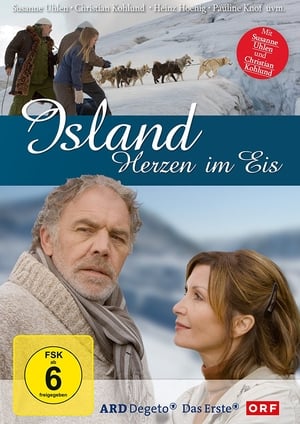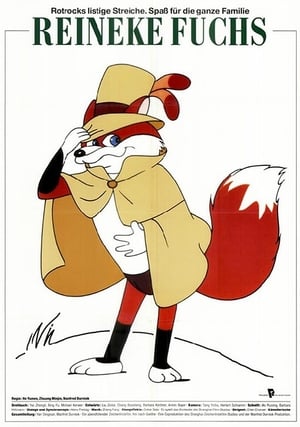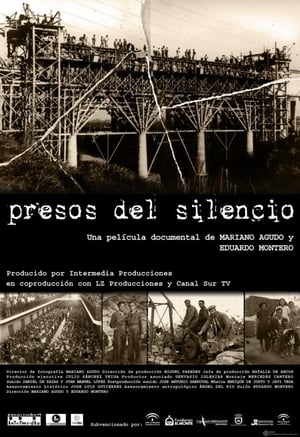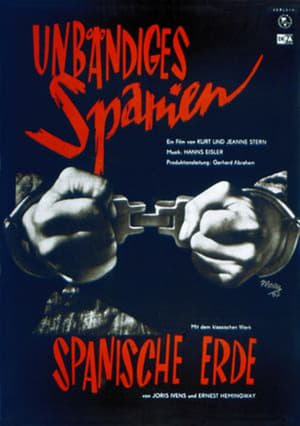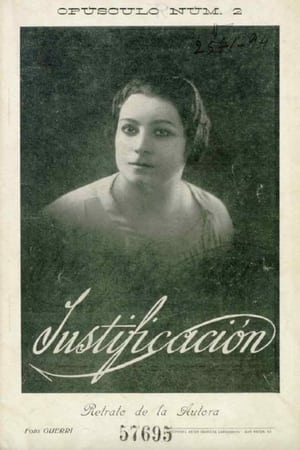
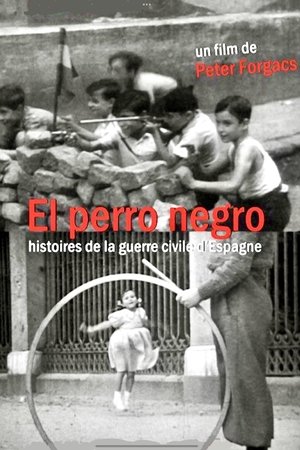
El perro negro(2006)
Filmmaker Péter Forgács compiles home movies by a family of Catalan industrialists who have documented their lives as their homeland is besieged by labor unrest, the collapse of the monarchy, the rise of anarchism, and ultimately the Spanish Civil War.
Movie: El perro negro

El perro negro
HomePage
Overview
Filmmaker Péter Forgács compiles home movies by a family of Catalan industrialists who have documented their lives as their homeland is besieged by labor unrest, the collapse of the monarchy, the rise of anarchism, and ultimately the Spanish Civil War.
Release Date
2006-11-15
Average
6.5
Rating:
3.3 startsTagline
Genres
Languages:
EnglishKeywords
Recommendations Movies
Forest(en)
Short film built from photographs, sped up like a traditional stop motion and is meant to be an evocation of the English Eerie and Folk Horror.
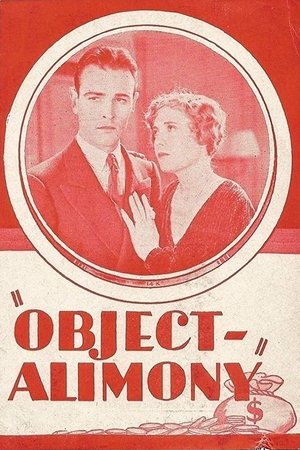 6.0
6.0Object: Alimony(en)
Ruth Butler, a clerk in an emporium, marries Jimmy Rutledge and thereby greatly displeases his mother, the owner of the emporium, because of Ruth's lowly origins. Renaud Graham, one of Mrs. Rutledge's friends, becomes interested in Ruth, forces his way into her apartment, and attempts to make violent love to her. Jimmy walks in on their embrace and, suspecting the worst, leaves Ruth. In the family way, Ruth finds refuge in a boardinghouse where she meets Al Bryant, an aspiring writer. Ruth tells Al her life story, and he makes it into a bestselling novel and then into a play. Jimmy sees the play and comes to his senses, winning Ruth's forgiveness.
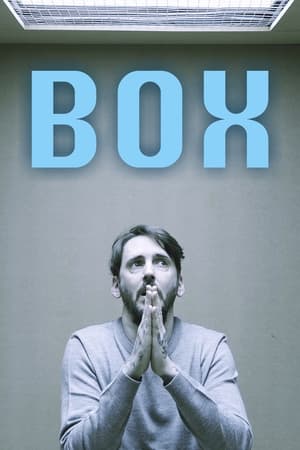 6.2
6.2Box(en)
The execution was scheduled and the last meal consumed. The coolness of the poisons entering the blood system slowed the heart rate and sent him on the way to Judgement. He had paid for his crime with years on Death Row waiting for this moment and now he would pay for them again as the judgment continued..
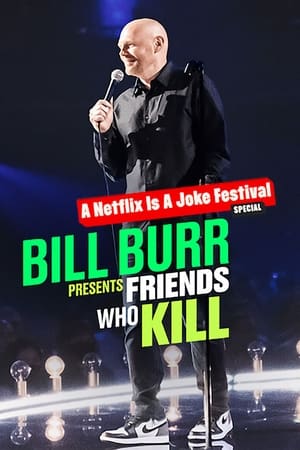 5.6
5.6Bill Burr Presents: Friends Who Kill(en)
In a night of killer comedy, Bill Burr hosts a showcase of his most raucous stand-up comic pals as they riff on everything from COVID to Michael Jackson.
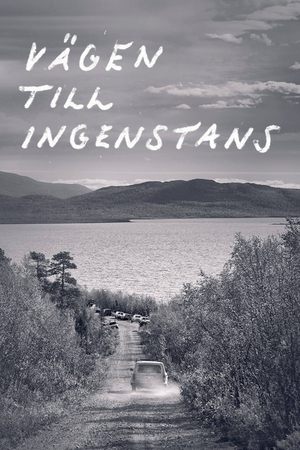 6.4
6.4Solitary Road(sv)
Constructed in 1955 to initially connect Kiruna in Sweden to Altavatn in Norway, the work with the Solitary road was stopped for military reasons. Five small villages had been connected by the road and they were left with a deserted 20 km stretch in the wilderness. Along the road Sami people and finish farmers continue their lives. They still have the road and they have brought really old cars over the ice of Torneträsk so they could drive during summer time. One of the old men that built the road, Sven-Erik Stöckel, writes a letter to the politicians in Kiruna, asking them to finish the road so people do not have to risk their lives getting to the road crossing the dangerous lake of Torneträsk. Will it ever be finished? And what happened to the children that were born as a result of the road workers coming into the wilderness meeting the local girls?
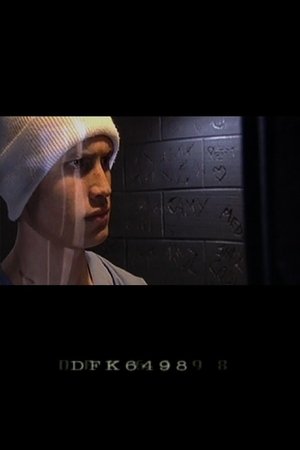 6.5
6.5DFK6498(en)
Cameron Duncan wrote, directed and starred in this short film, the same year a lump in his knee turned out to be cancerous. Aged only 16, Duncan had already showcased his filmmaking talents on a series of award-winning short pieces made for Fair Go's annual programme devoted to commercials. With DFK6498, he channels his recent experiences into a short, stylishly-shot memoir of incarceration, frustration and freedom lost. The film went on to win a trio of awards at Wanganui's River City Film Festival and win praise from director Peter Jackson.
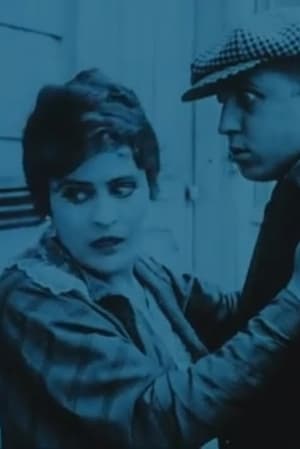 5.0
5.0The Good in the Worst of Us(en)
Crime drama where Minnie's past overtakes her. She flees Jim to escape his bad influence. Jim shoots a man down in a burglary and demands that Minnie helps him flee.
 6.1
6.1Out of Sync(es)
A sound designer has to rethink her whole life when her sight and hearing start to get out of sync.
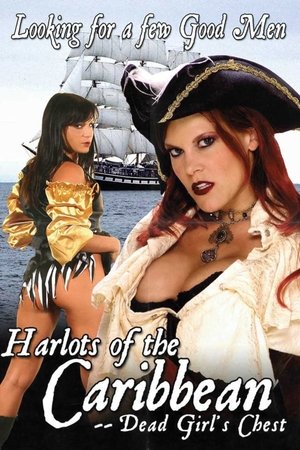 6.9
6.9Harlots of the Caribbean(en)
While scuba diving, Jill's boyfriend Dustin finds a doubloon necklace and the diary of Morganna, a pirate who sailed the coast 200 years ago. With the diary is a treasure map that takes them and their friends Susan and Joe to a mountain cabin. Before setting out in search of the treasure, the four hold a séance using instructions they find in the diary. It brings Morganna and her mate, Captain Tygus, back to life. It's a race for the treasure. Morganna and Tygus will stop at nothing. What about the necklace?
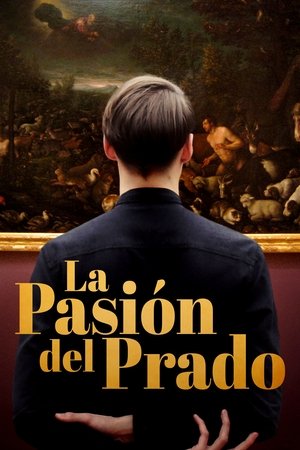 7.0
7.0La pasión del Prado(es)
A journey through four hundred paintings, all masterpieces, among the more than nine thousand treasured in the Prado Museum, Madrid, Spain.
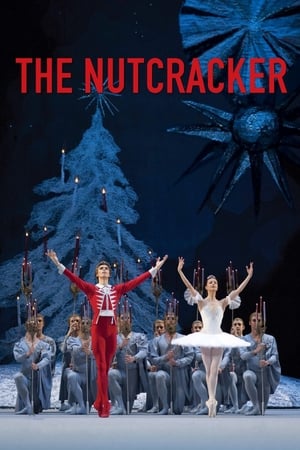 10.0
10.0The Bolshoi Ballet: The Nutcracker(en)
A masterpiece of classical dance, this Nutcracker is a magical version of the score by Tchaikovsky filmed at the Bolshoi Theatre. Recorded live in December 2010.
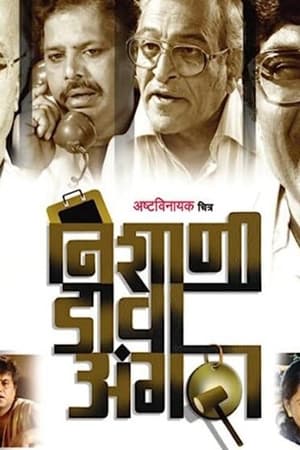 5.5
5.5Left Thumb Signature(mr)
In a village called Savargaon in Maharashtra, six male and female teachers are told to conduct the adult literacy program. This requires extra working hours but they run the program with no result.
Mystery of the Haunted House(en)
One dark night, Patrick Golightly and Linda Channing stumble into a mysterious old Museum of Horrors. Unbeknownst to them, a vile gangster is using this abandoned house as a hideout after his big heist, and he is not very thrilled about two kids meddling in his business...
 8.0
8.0The Dark Side of the Rainbow(en)
The movie The Wizard of Oz (1939) with the soundtrack replaced by Pink Floyd's album The Dark Side of the Moon (1973); several uncanny moments of synchronisation and a generally darker tone than the original film.
Similar Movies
 6.5
6.5Songs for After a War(es)
A particular reading of the hard years of famine, repression and censorship after the massacre of the Spanish Civil War (1936-39), through popular culture: songs, newspapers and magazines, movies and newsreels.
Return to Life(fr)
In this propaganda film intended to raise money for republicans fighting in the Spanish Civil War, Henri Cartier-Bresson first presents the achievements of the Spanish Republic in the field of public health. He then shows how members of the public and organizations across the world were supporting the fighters.
 5.0
5.0Behind Natacha Rambova's Shadow(ca)
The adventurous life of Natacha Rambova (1897-1966), an American artist, born Winifred Kimball Shaughnessy, who reincarnated herself countless times: false Russian dancer, silent film actress, scenographer and costume designer, writer, spiritist, Egyptologist, indefatigable traveler, mysterious and curious; an amazing 20th century woman who created the myth of Rudolph Valentino.
 0.0
0.0Franco on Trial: The Spanish Nuremberg?(en)
Franco on Trial is the new film by Dietmar Post and Lucía Palacios. After the success of Franco's Settlers, their first encounter with Franco's dictatorship, they are now setting their sights on one of the darkest chapters of European history: the presumed organized extermination that took place during the coup, the war, and the subsequent dictatorship led by Franco, as well as Argentina's current effort, by invoking the principle of universal jurisdiction, to prosecute Francoists accused of committing crimes against humanity. The film is also a sore reminder of an issue that still stands today: the clear-cut accountability held by Germany, Italy, and Portugal. The film accomplishes to give both sides a voice - those against whom the killing has been directed; and the side of the perpetrators.
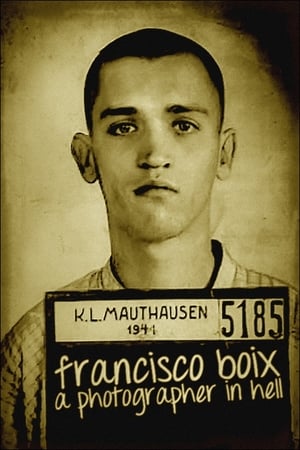 5.0
5.0Francisco Boix: A Photographer in Hell(es)
In 1939, just finished the Spanish Civil War, Spanish republican photographer Francesc Boix escapes from Spain; but is captured by the Nazis in 1940 and imprisoned in the Mauthausen concentration camp, in Austria, a year later. There, he works as a prisoner in the SS Photographic Service, hiding, between 1943 and 1945, around 20,000 negatives that later will be presented as evidence during several trials conducted against Nazi war criminals after World War II.
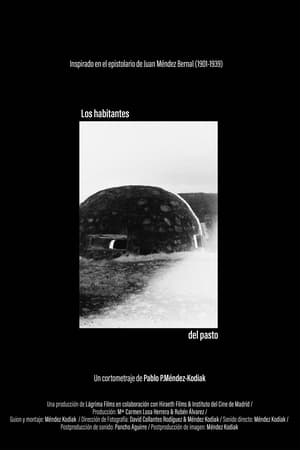 0.0
0.0The Grass Dwellers(es)
Juan Méndez Bernal leaves his house on the 9th of april of 1936 to fight in the imminent Spanish Civil War. 83 years later, his body is still one of the Grass Dwellers. The only thing that he leaves from those years on the front is a collection of 28 letters in his own writing.
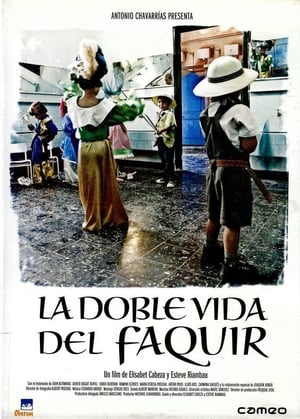 6.0
6.0La doble vida del faquir(es)
La doble vida del faquir (The magicians) returns to the scene of a school in the Catalan town of Sant Julià de Vilatorta where, in 1937, in the midst of civil war, a film-maker in hiding and a group of orphaned children dressed up as sultans and explorers shot an exotic adventure film. The films protagonists relive those childhood days when they were able to switch their school smocks for oriental turbans, while reality imposed its own fancy dress ball with military uniforms and priests dressed in civilian garb.
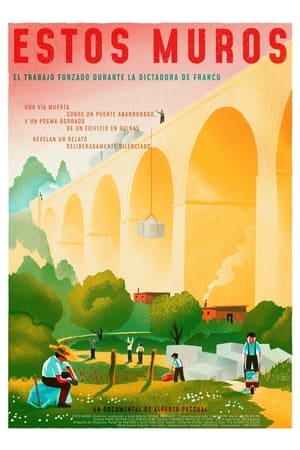 8.0
8.0Estos muros(es)
In the mountains of Madrid, Spain, a railway track on an abandoned bridge and a poem erased from the wall of a ruined building reveal a deliberately silenced story: the system established by Franco's dictatorship after the civil war (1936-39) that allowed hundreds of companies to use thousands of convicted Republicans as slave labor.
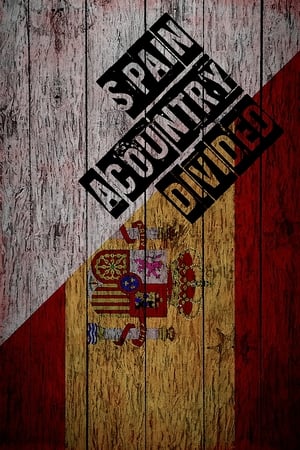 3.0
3.0Spain: A Country Divided(es)
Obsessively referring to the traumas and wounds that the Spanish civil war (1936-39) and Franco's dictatorship (1939-75) caused in their day no longer serves to explain the impassable abyss of incomprehension and hatred that the abject policies and radical positions adopted by both the right and the left in recent decades have opened up before the citizens of a country that is barely known beyond hackneyed cultural clichés.
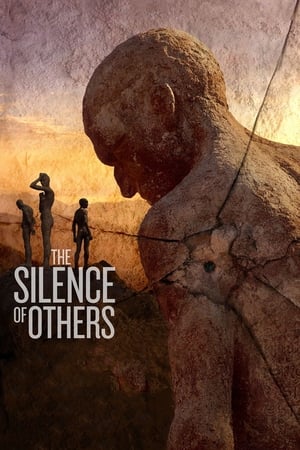 8.1
8.1The Silence of Others(es)
The story of the tortuous struggle against the silence of the victims of the dictatorship imposed by General Franco after the victory of the rebel side in the Spanish Civil War (1936-1975). In a democratic country, but still ideologically divided, the survivors seek justice as they organize the so-called “Argentinian lawsuit” and denounce the legally sanctioned pact of oblivion that intends to hide the crimes they were subjects of.
 7.3
7.3El cine libertario: cuando las películas hacen historia(es)
Upon the outbreak of the Spanish Civil War in July 1936, the anarchist union CNT socialized the film industry in Spain, so in Madrid and Barcelona film workers took over the production assets and, between 1936 and 1938, numerous films on a wide variety of topics were released, composing a varied mosaic that gives rise to one of the most unusual and original moments of Spanish cinematography.
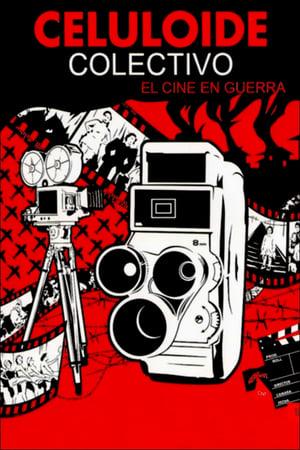 7.5
7.5Celuloide colectivo: el cine en guerra(es)
July, 1936. The terrible Spanish Civil War begins. When the streets are taken by the working class, the social revolution begins as well. The public shows are socialized, a model of production and exhibition of films, never seen before in the history of cinema, is created, where the workers are the owners and managers of the industry, through the unions.
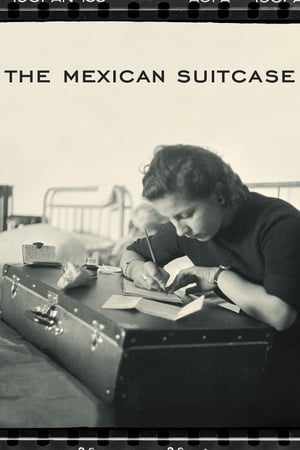 7.8
7.8The Mexican Suitcase(es)
The story of the recovery of the negatives of thousands of photos taken by three photographers during the Spanish Civil War that were found seventy years later in a suitcase, inside a closet in Mexico City.
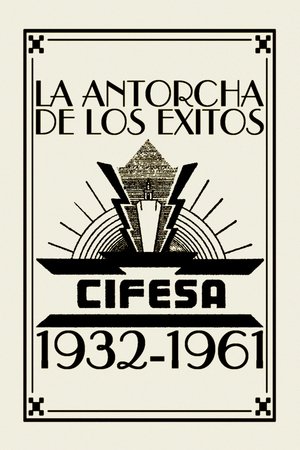 4.0
4.0La Antorcha de los Éxitos: Cifesa (1932-1961)(es)
The amazing story of Cifesa, a mythical film production company founded in Valencia by the Casanova family that managed to dominate the box office during the turbulent times of the Second Spanish Republic, the carnage of the Civil War and the hardships of the long post-war period and Franco's dictatorship — and survive until the sixties, when Spain was timidly beginning to change.
 6.8
6.8A War in Hollywood(es)
The Spanish Civil War (1936-1939) caused a great impression on the lives of most of the American artists of that era, so many movies were made in Hollywood about it. The final defeat of the Spanish Republic left an open wound in the hearts of those who sympathized with its cause. The eventful life of screenwriter Alvah Bessie (1904-1985), one of the Hollywood Ten, serves to analyze this sadness, the tragedy of Spain and its consequences.
